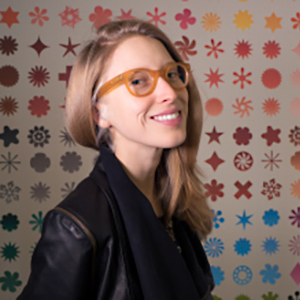Hollis Mickey is the current Chief Learning and Access Officer at the Anchorage Museum, Art Professor at the University of Alaska Anchorage, and editor of Edible Magazine. The term “powerhouse” does not scratch the surface when it comes to Hollis Mickey’s endeavors. As a museum professional, Hollis is an advocate and equality-focused. Since the pandemic, the education department has started shipping “learning boxes” which include at-home activities focused on the museum’s curriculum. Additionally, the department has created virtual field trips which have been a huge success.
During the interview, Hollis noted there were a large amount of benefits in the museum’s switch to digital engagement. She stated that their network has expanded and they’ve accomplished the fine line between digital and analog engagement. When asked about the negative circumstances, Hollis stated the biggest challenge has been managing digitally. She proceeded by stating, it is difficult to create a supportive environment and keep professional boundaries via email, text, and video calls. Hollis proceeded to say current events have left people feeling exposed and emotional. She continued that it is crucial for the working environment to feel supportive while productive.
Through the interview, Hollis focused on the opportunities and fulfillment the museum has found in partnerships. She noted that although they faced a $4MIL budget cut, this has provided the chance to write grants. Many colleagues in the education department have expanded their role and learned important tasks such as grant writing. Additionally, the department has invited culture bearers to teach, and begun partnership with immigration services. Hollis provides a positive spin on the ever-changing events, acknowledging that every hardship has come with a new opportunity for the museum to grow.
When asked a piece of advice for an upcoming museum professional, given current events and changing digital technologies. Hollis immediately answered with – be aware of the systemic foundation museums were built on. They are predominantly white institutions of exclusion, and it is time for museum professionals to approach the organization ready to restructure it from the ground up. This piece of advice demonstrated the last two years, and the call-to-action many professionals are feeling.
